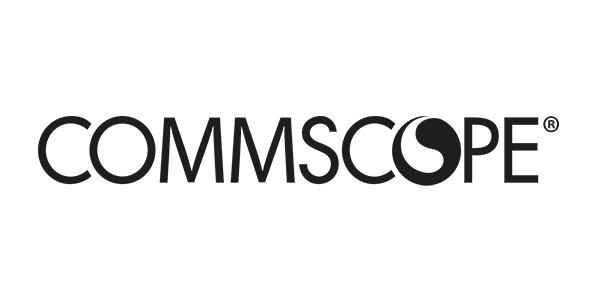M2M promises much in healthcare, but who will pay?
Healthcare was one of the key themes at this year’s Connected Devices event held in Brussels. The breakout session held at the event explored the role of M2M in healthcare, how the business models were evolving and where the industry would be in ten years’ time. The event in its eighth year attracted 500 visitors from the M2M ecosystem.
The healthcare breakout was hosted by Benjamin Sarda, director product marketing, Orange Healthcare, along with a panel from across the healthcare industry. He said that the patient needs to be at the center of any healthcare strategy, but this is often forgotten in the technology industry. Typical areas where M2M can help include:
- Cutting the numbers of beds in hospitals by treating patients at home
- Improving compliance for taking prescription drugs and other treatment
- Minimizing emergency admissions to hospitals by proactively managing chronic illnesses
In the US Medicare providers are hit with readmission penalties if patients come back to hospital with the same condition within 30 days. This gives them a major motivation to treat the condition effectively and M2M can help by allowing ongoing treatment to be carried out at the patient’s home.
Saving lives – not just money
M2M can save lives by alerting for complications in chronic conditions when patients are at home, says Christophe Hentze, general manager at Weinmann – a medical device manufacturer, which produces equipment to help suffers of Sleep Apnea, amongst other conditions.
“If a patient with a serious chronic respiratory condition gets a cold, it can put them into an acute status very quickly, requiring hospital admission,” explains Hentze. “By being able to monitor them at home, we can detect problems early on and intervene before they reach this stage – which can save lives.”
Dominique Gregoire, operations manager at Sorin, which produces M2M enabled-cardiac devices agrees. He says that the point of the cardiac device is to save lives and the communications functionality adds to this by identifying cardiac emergencies or any required change to treatment.
Business model: who pays?
The complex value chain in healthcare means that savings can be made at many different points. For example, Weinmann’s Hentze says that home care providers used to physically visit the patient at home to download data from their device or identify any faults. These travel costs can be virtually eliminatedby transmitting the data over the network, thereby generating an easy ROI.
In addition, there is a strong business case for medical device manufacturers to use M2M, because it can serve as a competitive differentiator. “M2M technology is essential for us,” says Sorin’s Gregoire. “It has allowed us to protect market share. Doctors like our device because they don’t want to be exposed to risk and the earlier they get cardiac data, the better.”
However, Hentze warns that M2M-enablement is quite a barrier to entry for medical device manufacturers, because they don’t have the IT skills in house. This requires makes partnering essential.
Will end-users pay?
The big question is whether patients are ready to pay for M2M-enabled treatment. All the panelists agreed that this is more likely outside of Europe, such as the US, where patients are more accustomed to paying for care.
Christophe Bureau, president at consultancy Beeyond says that the increasing popularity of activity tracker health devices, could point to consumers being more open to paying in the long run. To underline this point, Orange also demoed the mhealth Grand Tour cycle race from Brussels to Barcelona. This race was designed to highlight diabetes and included a number of diabetic cyclists.
The riders carried a smartphone and glucose monitoring device, which uploaded data regularly to the cloud. This allowed medical professionals to track their condition while they were riding. The data also included cycling specific stats such as cadence, location and speed. You can see why sports-oriented diabetics would be willing to pay for this type of equipment.
Looking to the future
The panelists said that the future of M2M in healthcare depends strongly on the attitude of the regulators. “What can the legislator accept? Because they are behind the curve compared to technology,” says Sorin’s Gregoire. He pointed out that even to make minor change to the communications functionality of its devices requires a wait of a year or more for approval, which is a real damper on innovation.
However, Hentze believes that the financial crunch facing public finances is encouraging legislators to look at their regulatory framework to see how they can take advantage of the cost savings offered by technologies such as M2M in health.
What do you think the future holds for M2M in healthcare? Is it something that you would be willing to buy?
Anthony
This blog appeared first on the Enterprising Business blog from Orange Business Services
Author:

![Create the ideal white paper in eight weeks [infographic]](https://www.futuritymedia.com/wp-content/uploads/2020/02/Futurity-Whitepaper-Timeline-Graphic-v6-header.jpg)

![New to ABM? Follow these 5 steps to drive complex sales [UPDATED]](https://www.futuritymedia.com/wp-content/uploads/2023/04/shutterstock_1225782988.jpg)



















